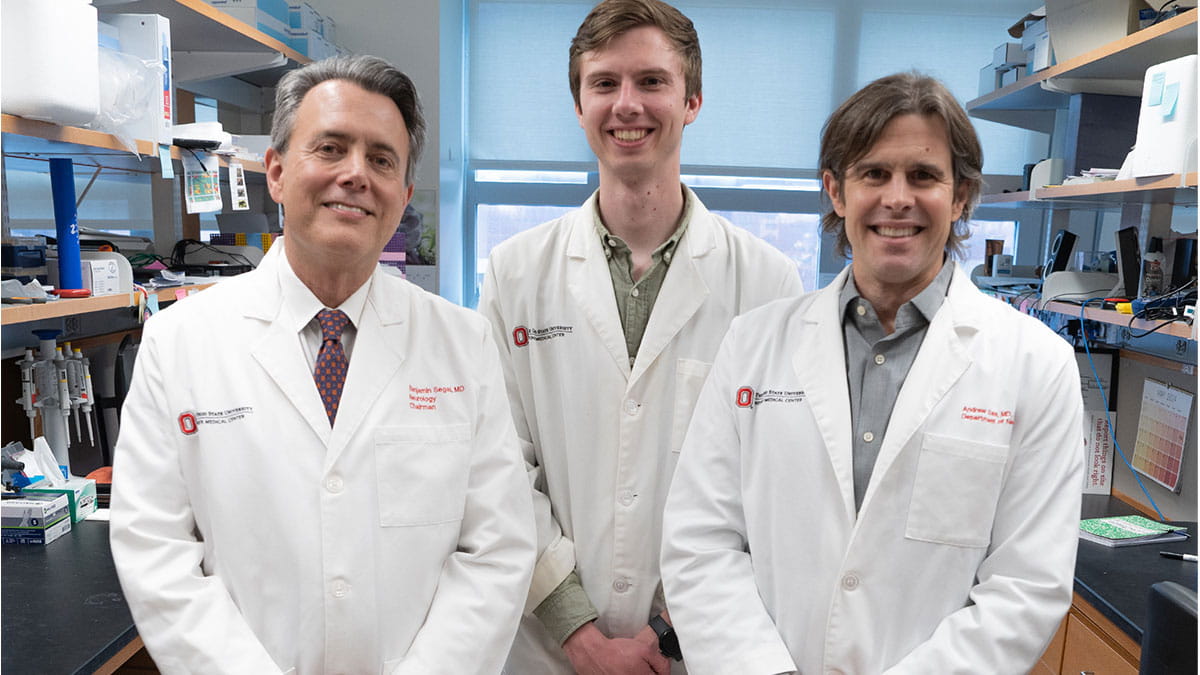Discovery holds promise to restore function in people with paralysis and neurological diseases
 A new study led by neuroscience researchers at The Ohio State University College of Medicine found that humans possess a novel type of human white blood cells that have the potential to stimulate nerve fiber growth. in mice and humans. This exciting research, building on their earlier studies with mice, offers new hope for individuals suffering from paralysis and neurological diseases. The new study findings are published in the journal Nature Immunology.
A new study led by neuroscience researchers at The Ohio State University College of Medicine found that humans possess a novel type of human white blood cells that have the potential to stimulate nerve fiber growth. in mice and humans. This exciting research, building on their earlier studies with mice, offers new hope for individuals suffering from paralysis and neurological diseases. The new study findings are published in the journal Nature Immunology.
“Dying nerve cells are typically not replaced, and damaged nerve fibers do not normally regrow, leading to permanent neurological disabilities” said corresponding and senior author Benjamin Segal, MD, professor and chair of the department of neurology at the Ohio State University College of Medicine and Wexner Medical Center.
Dr. Segal's team found that bone marrow cells can be transformed into powerful healing agents. By stimulating these cells with specific molecules in the lab, the team was able to turn them into pro-regenerative cells that can help damaged nerve cells survive and regrow.
“Our ultimate goal is to develop treatments using these special cells, to reverse damage in the optic nerve, brain, and spinal cord, thereby restoring lost neurological functions,” said Segal, who is also director of Ohio State’s Neuroscience Research Institute.
